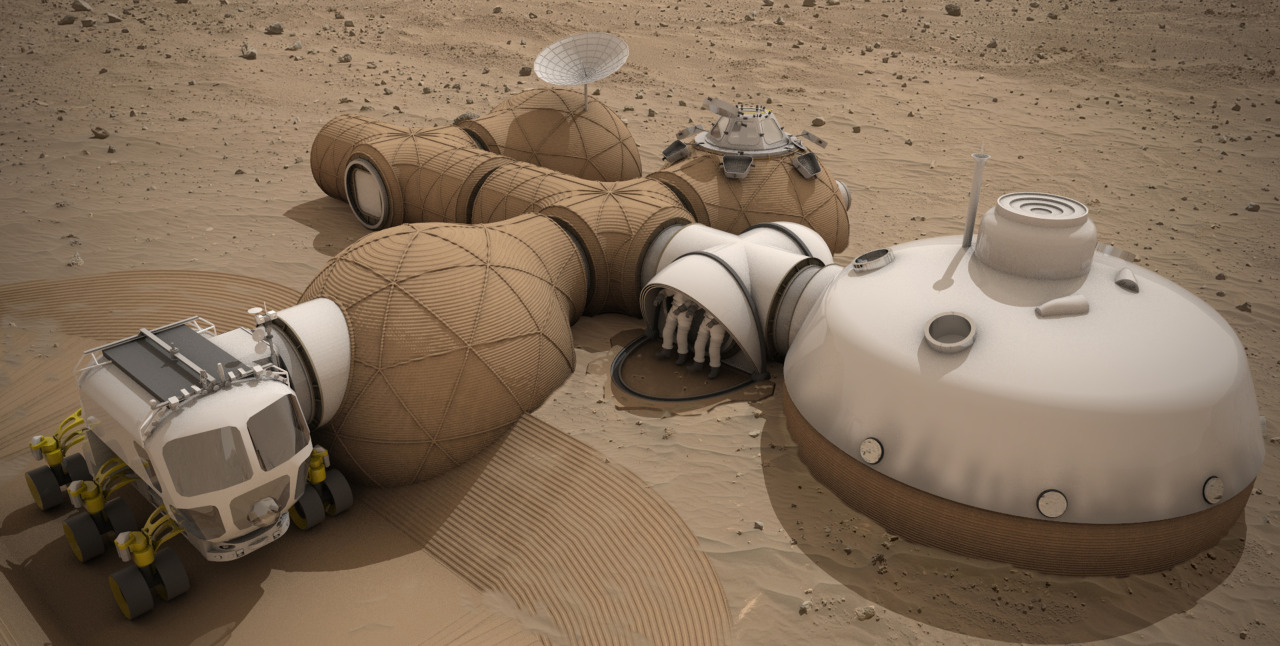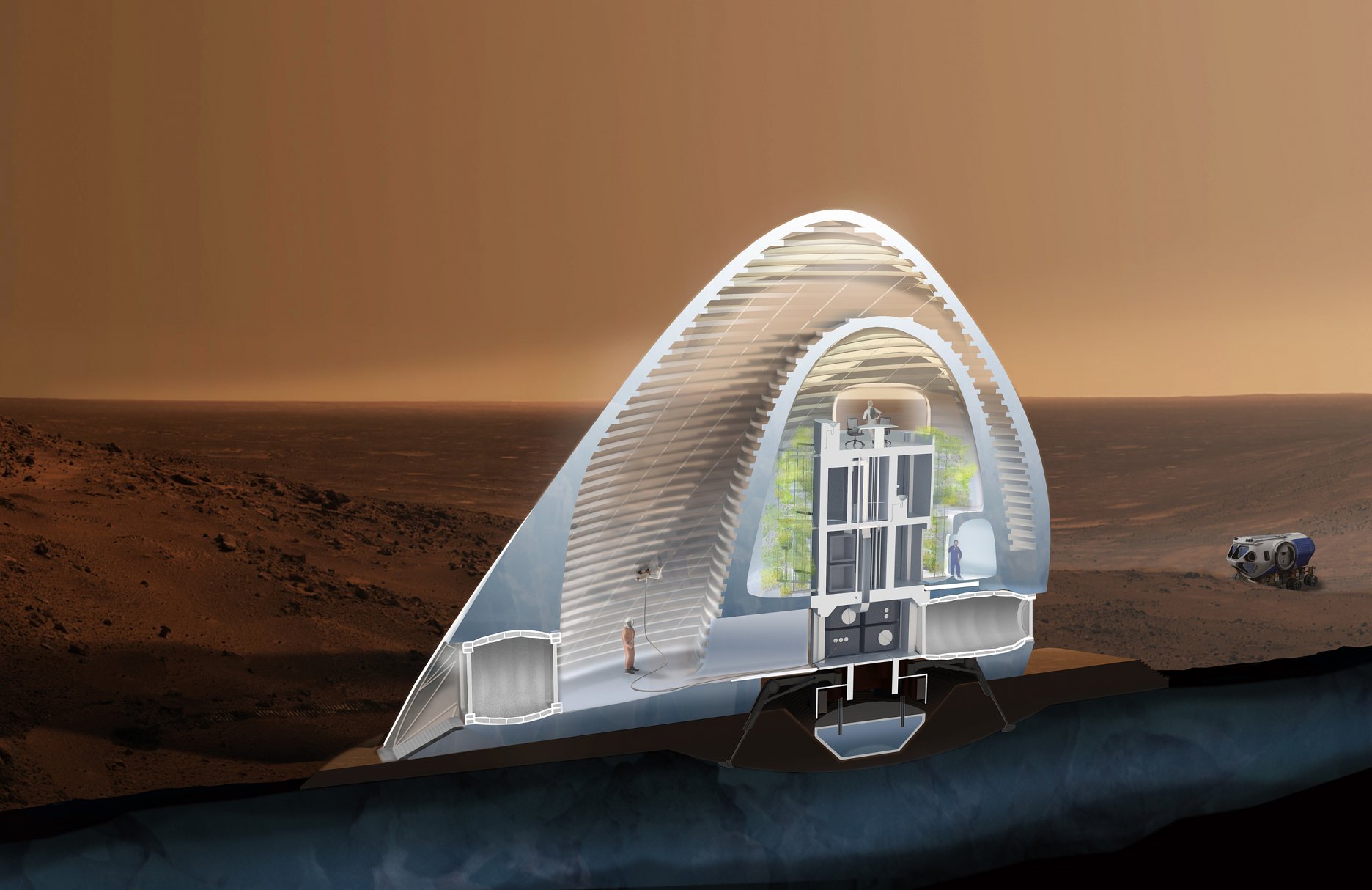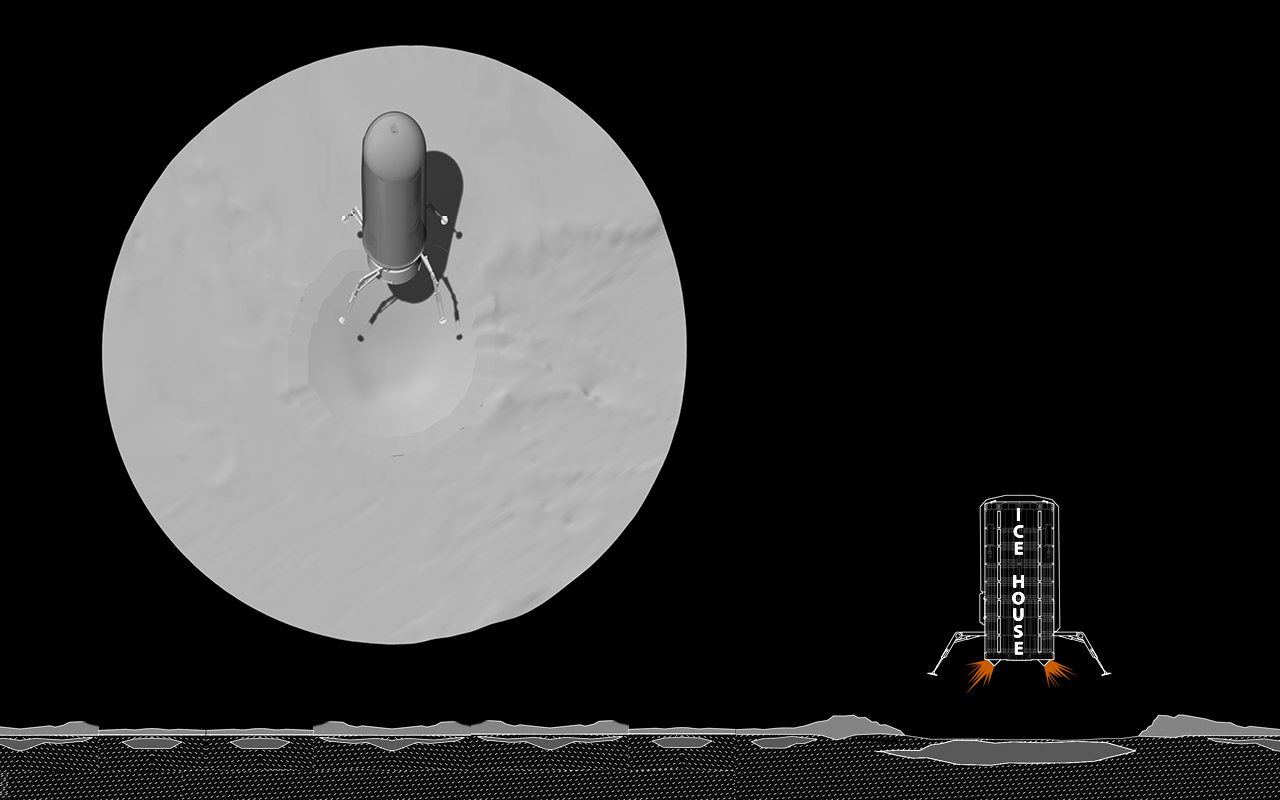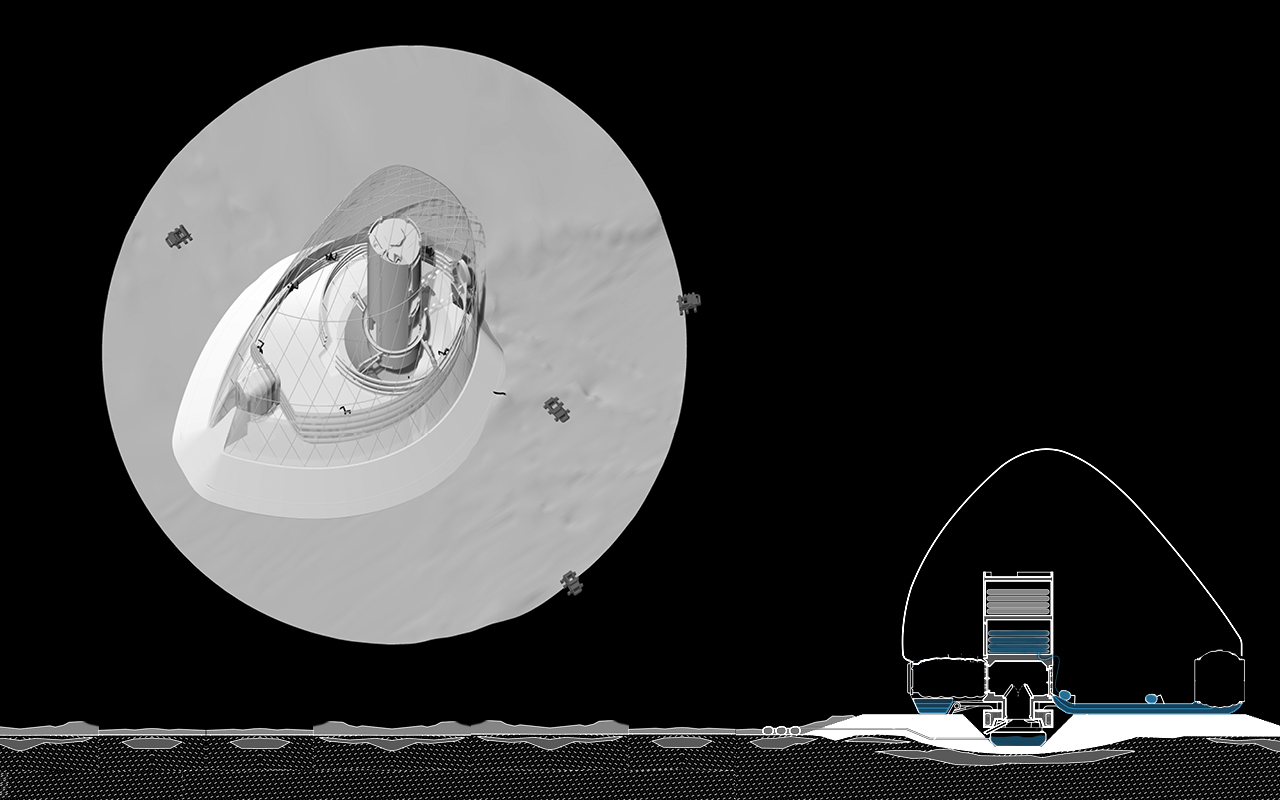Advertorial
Moderné plynové technológie: Efektivita a inovácie pre 21. storočie
Sumarizácia najdôležitejších inovácií, ktoré redefinujúcich využitie tohto energetického zdroja.
Utesňovanie spodných stavieb pomocou hydro-aktívnej fólie AMPHIBIA.
AMPHIBIA 3000 GRIP 1.3 od spoločnosti ATRO predstavuje modernú hydroizolačnú technológiu, ktorá spája vysokú odolnosť,...
Dekarbonizácia individuálneho vykurovania domácností – Green Deal evolučne a nie revolučne
Ambiciózne plány EK narazili na ekonomické možnosti domácností v jednotlivých členských štátoch –...
Minimalistické dvere IDEA – technická precíznosť a čistota prevedenia
IDEA DOOR od spoločnosti JAP prináša do interiéru čistý minimalistický vzhľad vďaka bezrámovému riešeniu a precíznej...
Schell Vitus – osvedčené riešenie pre sprchy a umývadlá vo verejnom sektore s viac ako desaťročnou tradíciou
Nástenné nadomietkové armatúry Vitus sú mimoriadne vhodné pre rýchlu a efektívnu...
Kompozitné okná predstavujú súčasnosť a budúcnosť
Okenné profily z kompozitného materiálu RAU-FIPRO X od spoločnosti Rehau sú v porovnaní s tradičnými plastovými profilmi mnohonásobne...
Myotis - stoly 2025
Najnovší sortiment stolov pre zariadenie interiérov...
Priemyselné sklenené priečky Dorsis Digero: svetelné rozhranie pre moderné interiéry
Spojenie moderného dizajnu, funkčnosti a svetla do harmonického architektonického prvku.
Význam prirodzeného svetla pre moderné a flexibilné pracovné prostredie
Kancelárska budova Baumit v slovinskom Trzine prešla premenou na moderné a udržateľné pracovisko. Architekti kládli dôraz...
Konferencia Xella Dialóg predstaví novinky a trendy v stavebníctve
Mottom šiesteho ročníku on-line konferencie odborníkov Xella Dialóg je Efektívny návrh budov 2025+: zmeny a riešenia
Murovací robot WLTR stavia svoj prvý dom na Slovensku
Robot WLTR predstavuje moderný prístup k murovaným konštrukciám. Vďaka automatizácii dokáže rýchlo, presne a bezpečne realizovať...
Nová éra bezpečnosti s I-tec Secure od Internorm
Okrem bezpečnosti majú okná aj elegantný vzhľad, pretože nie sú viditeľné žiadne uzamykacie časti kovania.
Skryté zárubne JAP – intenzívny zážitok z bývania
Dvere MASTER v skrytej zárubni AKTIVE je možné vyrobiť až do výšky 3 700 mm
Tienenie namiesto klimatizácie
Internorm stavia na energetickú efektívnosť a inteligentné tieniace riešenia.
BigMat International Architecture Award 2025 - vybrané diela
Slovensko vo výbere zastupuje šesť realizácií.
NASA 3-D Printed Habitat Challenge - traja finalisti a víťaz

Architektúra a jej zdania nemusia byť len tradičné. Zaujímavé sú záverečné výsledky súťaže vypísanej vesmírnou agentúrou NASA "3-D Printed Habitat Challenge Design Competition", ktorá by mala predstaviť najlepšiu architektonickú koncepciu využívajúcu technológiu 3D tlače pre vybudovanie funkčnej základne pre prvú ľudskú expedíciu na Marse. Podmienkou je aj využívanie miestnych surovín (nachádzajúcich sa priamo na Marse).
Súťaže sa zúčastnilo viac ako 165 tímov. Do finále sa dostalo 30 najlepších návrhov (jeden z nich sme predstavili minule). V závere boli vybrané tri najlepšie práce.
Prvé miesto s odmenou $ 25000 získal spojený tím Space Exploration Architecture a Cloud Architecture Office za ich návrh "Mars Ice House".
Druhé miesto a odmenu $ 15000 získal tím Gamma za ich návrh regolitom krytej základne.
Tretie miesto a čestným uznamím bol ocenený návrh tímu LavaHive za ich pneumatickú základňu.
Víťazný návrh "Ice House", tímov Space Exploration Architecture a Cloud Architecture Office podrobnejšie približuje nasledujúce video:
Autori používajú sofistikované technológie. Obal "Domu" je tlačený z marťanského ľadu, ako tepelnú izoláciu používajú aerogel... Návrh vám priblížime originálnymi súťažnými vizualizáciami a sprievodným textom.
"The Universe is Awash with Water"
In probing the galaxy for knowledge about our universe and it's origins, humanity has investigated various possibilities for enabling human habitation beyond Earth. Recent discoveries of water and water-ice in our solar system, such as water deposits on the Moon and Mars, give great promise to uncovering the presence of life forms as we understand them. As water is the baseline resource for future outposts on a number of extra-terrestrial carbon-bodies, NASA has adopted a “follow the water” approach towards exploration. As such, water, the essential building block of life, is our Team’s primary material resource in the formation of the ICE HOUSE habitat design. Given the predicted abundance of water in certain areas on Mars, our approach takes full advantage of its properties as an indigenous material that acts both as a life-force to sustain a human and plant ecosystem, and, when 3-D printed, as our primary fabrication material
Celebrating Light & Visual Connection
The architecture of ICE HOUSE celebrates the presence of a human habitat as a beacon of light on the Martian surface. The design emerged from an imperative to bring light to the interior and to create visual connections to the landscape beyond, allowing the mind as well as the body to thrive. While scientists have experimented with what could potentially be synthetic replacements for sunlight, artificial substitutes do not hold nearly the same circadian variance or ability to balance a crew’s mental and physical health as does experiencing the sun’s actual and unmediated daily cycles. The water ice counteracts the traditional danger of living above ground by serving as a radiation barrier, offsetting fears of solar exposure that have, until now, projected Martian architecture into a dark underworld—buried beneath a regolithic surface that is believed to contain perchlorates, gypsum and other substances hazardous to human life.
Water as a Radiation Shield
By taking advantage of water-ice’s ability to filter the sun’s rays and protect against radiation, ICE HOUSE prioritizes a life above ground and celebrates the human presence on the planetary surface. The semi-translucent exterior shell reintroduces the terrestrial concept of interior-to-exterior gradients, challenging common assumptions that extraterrestrial habitats require visually impenetrable barriers which divorce the interior from the surrounding terrain. The heart of the structure, the living quarters, is strictly interior, benefiting from the protection of redundant pressure envelopes. As one moves outward towards the radiation-barrier ice perimeter, there is a transition towards integrated plant life and vistas onto the Martian landscape, integrating the outdoors with the spatial environment.
A Vertical Habitat
The vertically oriented lander, which contains the mechanical services of the habitat, inherits the likely orientation of the crew’s (MTV) Transit Habitat to ease the crew’s adjustment to life on the Martian surface. The habitat’s stacked levels organize core programs by activity within the lander, introducing a spectrum of private to communal interior spaces. Interior efficiency creates sizable storage pockets at the base of the lander to house both the bots as well as the four Environmental Control and Life Support Systems (ECLSS). Once the lander has deployed the inflatable ETFE membrane, pre-fabricated bridges unfold from within the lander, creating ‘pockets’ for inserted program. A spiral stair at the core of the lander provides circulation to the upper levels of the habitat, while simultaneously offering the crew a means for exercise when ascending levels.
LEVEL ONE
1A. Airlock Vestibule
1B. Entry Level, Rover Connection
1C. Intermediate Containment Zone
Intermediate Zone
Thermally separated from the habitat interior, the occupiable “front yard” pocket just inside the outer shell provides a truly unique protected neutral zone that is not entirely interior or exterior; it enables the astronauts to experience the “outside” without ever donning an EVA suit. This interstitial zone space demonstrates a new, liberating and revolutionary definition of living extra-terrestrially—one that celebrates the novelty and wonder of living on Mars. Additional light qualities, including alternating color therapies, are achieved via robotic printing of the shell’s surface to create a “Fresnel lens” effect, refracting and concentrating the light within the interior surface of the domed structure.
The lander’s yard exists where a secondary, semi-independent shell of ice peels away from the exterior shell. The protective redundancy of the double skin creates two layers of space between the ETFE membrane and the lander, that while sharing a common pressure boundary, also creates a distinct temperature and air make-up zone. This creates a hereto-unimagined plant filled green courtyards experience on Mars.
LEVEL TWO
2A. Exercise / Medical Support (60 SF)
2B. Lab (60 SF)
2C. Library / Small Room (60 SF)
2D. Hygiene Area One
2E. Greenhouse
2F. Intermediate Containment Zone
Oxygen Gardens
Between the lander core and the ICE HOUSE interior, verdant plant life surrounds the inhabitants. The vertically growing hydroponic gardens serve as the recreational ‘parks’ within the habitat, disrupting the alien monotony of Mars’ landscape while also supplementing the crew’s food and oxygen. The gardens enable the growth of experimental consumable produce, and their placement between programmatic zones offers the crew contact with natural plant life and colors throughout their daily scheduled activities. The resulting variegated “dappled” light effects benefit the crew’s psychological and mental well-being and the ‘yard’ provides space in which to vent any excess oxygen produced.
LEVEL THREE
3A. Crew (100 SF)
3B. Hygeine Area Two
3C. Greenhouse
3D. Intermediate Containment Zone
Spaces "Hollowed-Out" of Ice
The interior volume of ice is printed as a series of conceptually excavated or “hollowed-out” programmatic spaces to form the walls and divisions of the habitat volume. The curvaceous rooms create an illusion of cycloramic space, enhancing perceptions of boundlessness, making a small space seem quite large.
LEVEL FOUR
4A. Wardroom/Gallery (120 SF)
4B. Food Prep
4C. Greenhouse
4D. Intermediate Containment Zone
ETFE Windows
Where the ice shell thins, large ETFE inflatable windows filled with radiation shielding gas further expand the perceived volume and frame views into the landscape. Together, these features enable both collective and private opportunities to contemplate the vista of the extraordinary Martian terrain.
Postup budovania základne na Marse približujú nasledovné obrázky:
Building on Mars
The potential of 3D Printing with in-situ materials on Mars is significant in that we may be able to build structures without bringing heavy equipment, supplies, materials, and structures from Earth. The ability of construction to be handled semi-autonomously before the arrival of astronauts with digital manufacturing techniques is as compelling as it is technically challenging. Because construction techniques and transit vehicles are so linked with the overall outcome of the habitat, Mars Ice House has outlined a deployment and construction sequence involving the use of a projected mars descent vehicle, a deployable membrane, and semi-autonomous robotic printers to both gather and deposit subsurface water ice.
Site Selection
On Mars, water is abundant in the higher and lower latitudes. Site selection was determined by a multitude of parameters, which included the need to balance access to a shallow ice table from the surface (within 20cm-1m), with temperatures that remain below freezing throughout the Martian year. Considering requisites such as relatively gentle slopes and soft terrain for construction, as well as the desire for maximum possible solar exposure, we have selected an area on the northern flanks of Alba Mons between 45 N-50N latitude and 230 E – 270 E longitude. The volcano display flanks slopes of 2.5-5, allowing us to take advantage of the colder temperatures within the polar regions, while remaining as far south as the predicted distribution of ice permits for solar exposure.
1. Descent
Deployment is initiated by a lander, sized for the currently available payload of a Space X Falcon Heavy and NASA’s Space Launch System (SLS), both of which are undergoing testing and development.
2. Landing
Once within the 3-sigma landing range, a 4x12 mile ellipse, retro-propulsion will blow off the thin upper layer of loose regolith, exposing the subsurface ice and causing it to sublimate, thereby leaving a crater in its wake and eliminating the need for excavation prior to printing a structural foundation.
In 2008, the descent thrusters of the Mars Phoenix lander similarly dispersed overlying soil and exposing subsurface ice underneath.
3. WaSiBo drop
The first phase of printing is exterior in focus, mining the surrounding landscape for water and creating a foundation in which to ground the lander. Bots engineered specifically for both sintering and ice harvesting drop from the lander’s base hatch, deployed to mine subsurface ice and build a new foundation.
4. Resevoir & Hose Deploy
Once released through the hatch, the WaSiBo s remain exterior, thereby avoiding potential contamination with the interior. The double acting machine uses it’s ability to shovel and heat regolith both to collect Martian dust and extract water and other volatiles, while its laser serves to both sinter waste regolith as well as cut solid ice below the ice table. All ice is melted and deposited within a reservoir bag for use in future printing as well as greenhouse maintenance. These bots are energy efficient and low maintenance, as they rely on the physics of sublimation rather than laborious geologic mining, using solar energy and the naturally cold environment (-50C) for the water, ice and vapor phase changes.
5. Sinter Foundation
The double acting WaSiBo collects and laser sinters regolith to provide a foundation for the ice habitat.
6. Sinter Foundation
The double acting WaSiBo collects and laser sinters regolith to provide a foundation for the ice habitat.
7. Inflate ETFE Membrane
A transparent and fully closed ETFE membrane reinforced with tensile Dyneema is deployed from the lander and inflated to form a pressurized boundary between the lander and the Martian exterior. This membrane, precision manufactured on Earth, is critical protection for the future ice shell, preventing any printed ice from sublimating into the atmosphere.
8. Inflate ETFE membrane
A transparent and fully closed ETFE membrane reinforced with tensile Dyneema is deployed from the lander and inflated to form a pressurized boundary between the lander and the Martian exterior. This membrane, precision manufactured on Earth, is critical protection for the future ice shell, preventing any printed ice from sublimating into the atmosphere.
9. Deploy Airlocks
nflatable/expandable airlocks are factory made and embedded within the ETFE membrane. Because this piece of hardware and it's connection to the overall pressure envelope is so critical, these components are made secure on Earth.
10. Print Ice
Following deployment of the ETFE membrane, ice bots are released from the lander into the pressurized pocket to commence the second phase of printing. These bots use a triple nozzle to dispense a composite of water, fiber and aerogel along layered rings, printing a spectacular light emitting lenticular form that is structurally sound, insulated and translucent.
11. Print Ice
The low-volume, close-range nozzle ensures that any water that freezes mid trajectory melts and refreeze instantaneously via the energy of its impact (a contact weld).
12. Print Ice
A fibrous clear silica additive (flat-packed in the lander) provides the ice form with greater tensile strength,9 calculated to bolster the strength of ice to the order of 3 times. While ice has been shown to possess tensile properties (~2-3 MPa)10 that are, in fact, superior to materials such as brick (2.8 MPa) and granite (4.8 MPa), the fibrous reinforcement ensures the longevity and integrity of the structure.
13. Print Inner Shell
A porous substance, 99.8 percent empty space by volume, this additional lightweight material brought on the lander from Earth, serves an efficient air gap to create the necessary thermal break. The insulating layer enables the inner volume to achieve habitable temperatures without melting the ice structure beyond.
15. Grow Plants
Planters and seeds that have arrived with the lander begin to grow within the habitat. This hydroponic system grows using the subsurface water harvested by the WaSiBo s and stored in the foundation reservoir. Along with the mechanical ECLSS systems, these plants will help convert the CO2 of the Martian atmosphere (95% by volume) into the O2 needed to maintain human life.
The intermediate zone between the two ice shells will serve to maintain the optimal balance between 02 production and ideal air composition for the interior habitat. This will also assure that the Martian atmosphere will remain uncontaminated by human use.
16. Crew Arrives
The vertically oriented lander, which contains the mechanical services of the habitat, inherits the likely orientation of the crew’s (MTV) Transit Habitat to ease the crew’s adjustment to life on the Martian surface.
17. Crew Inhabits
The heat from the lander and the crew remains inside the habitat due to the layer of printed aerogel insulation.
18. Crew Explores
With all EVA suits external to airlocks, we hope to keep out as much potentially toxic Mars regolith as possible.
Viac nájdete na samostatnej stránke venovanej tomuto projektu. Všetkých 30 finalistov súťaže si zas môžete pozrieť tu.





































